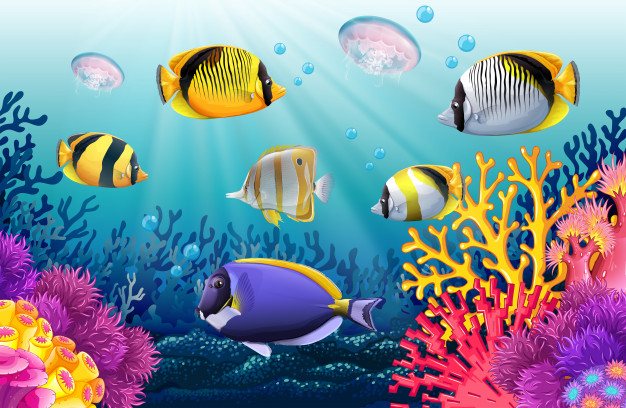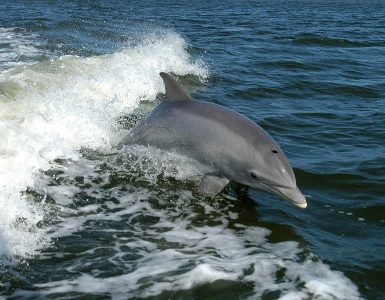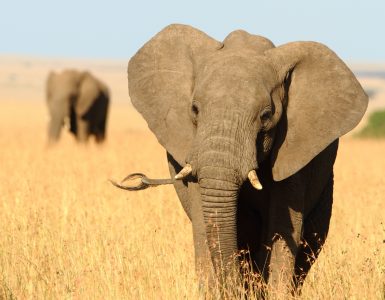
Image courtesy: Flickr

Do fish have a beak? No, they do not! Parrotfish are named for their dentition. Their teeth are tightly packed and arranged on the external surface of their jawbones, forming a parrot-like beak. It has been observed that each Parrotfish has roughly 1000 teeth, lined up in 15 rows. They are found in coral reefs, rocky coasts, and seagrass beds in tropical waters. Majority of species reach 30-50 cm in length and they are distinct for their vibrant colours. The male of a certain species often differ considerably from the female, and the juvenile may differ from the adult as well hence, the classification of these species is a nightmare!! There are many reasons why Parrotfish have become an icon in nature
CORAL EATERS
Many are herbivorous and their diet is primarily composed of epilithic algae that grow on the surface of corals. Some Parrotfish extensively feeds on coral polyps. The corals are then masticated with grinding, pharyngeal teeth in its throat. The undigested coral is eliminated as sand. Their feeding activity is essential for the production and distribution of coral sands in the reef biome and can prevent algal overgrowth of the reef structure. Some Parrotfish feed on sponges which is detrimental to the reef-building corals as sponges often tend to overgrow. They excavate, scrape or browse depending on the species.

Parrotfish ‘BEAK’ Image courtesy: Flickr
SEX CHANGE
Parrot fishes are protogynous hermaphrodites. They first function as females and later transform into males by changing the steroid circulation in the body. Some male Parrotfish maintain harems of females and if the male dies a female will become a male. The high levels of oestradiol (oestrogen) decline and 11-ketotestosterone dramatically increases causing changes in gonadal, gametic and behavioural sex
NOCTURNAL SHIELD
Some Parrotfish are able to secrete a mucus cocoon around their body, particularly at night. It is suggested that the cocoon masks the scent of the fish, making it harder to detect by nocturnal predators like Moray eels. It also enables the fish to slip easily from the predators’ grip once they are captured.
ROLEPLAY
They are considered to be one of the major contributors of healthy reef ecosystems. Parrotfish are keystone species which maintain reefs by consuming and removing macroalgae on daily-basis and they affect the composition and the population size of the corals. They play a significant role in bioerosion, material and nutrient cycling as hard materials like corals are broken down and voided as coral sand. Parrotfish can produce around 250 g of sand per day. Thanks to their powerful jaws we are able to build sandcastles! It is considered that the health of a coral ecosystem largely depends on Parrotfish and in order to protect the coral reefs Parrotfish should be protected first.

Image courtesy: Flickr
Sewwandi Alwis
Undergraduate
BSc. (Zoology . Hons.)
University of Colombo
Faculty of Science






Add comment